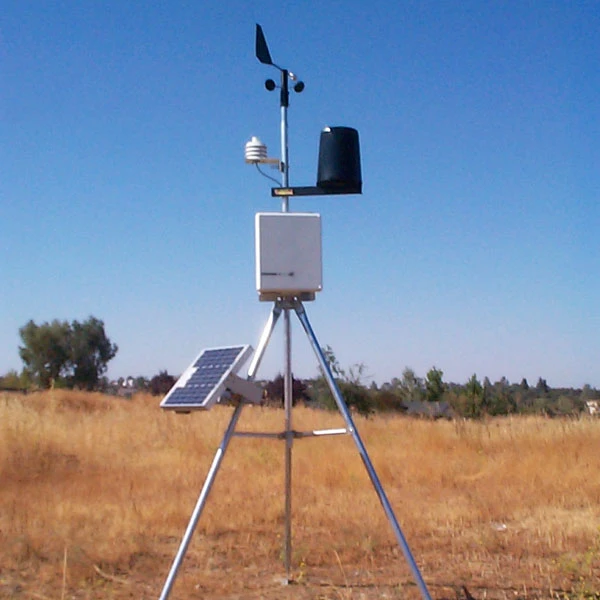
# Automatic Weather Station Price Analysis and Market Trends
Automatic weather stations (AWS) have become essential tools for monitoring and predicting weather conditions across various industries. From agriculture to aviation, these systems provide accurate and real-time data, enabling better decision-making. However, understanding the factors influencing automatic weather station price is crucial for businesses and organizations looking to invest in this technology.
## Factors Affecting Automatic Weather Station Price
The cost of an automatic weather station can vary significantly depending on several factors:
– **Sensor Quality and Quantity**: High-precision sensors for measuring temperature, humidity, wind speed, and rainfall can increase the price. Stations with more sensors or advanced capabilities, such as solar radiation or soil moisture monitoring, tend to be more expensive.
– **Data Transmission Technology**: AWS systems with advanced communication options like satellite, cellular, or IoT connectivity often come at a higher price point compared to those with basic data logging capabilities.
– **Durability and Build Quality**: Weather stations designed for harsh environments, such as coastal or high-altitude areas, typically feature rugged materials and weatherproofing, which can drive up costs.
– **Brand and Support**: Established brands with reliable customer support and warranties may charge a premium for their products.
– **Customization**: Tailored solutions to meet specific industry needs can also increase the overall price.
## Market Trends in Automatic Weather Stations
The automatic weather station market has seen significant growth in recent years, driven by advancements in technology and increasing demand for precise weather data. Here are some key trends shaping the industry:
### 1. **Rising Demand in Agriculture**
Farmers are increasingly adopting AWS to optimize irrigation, monitor crop health, and predict weather-related risks. This has led to a surge in demand for affordable yet reliable systems tailored to agricultural needs.
### 2. **Integration with IoT and AI**
The integration of Internet of Things (IoT) and artificial intelligence (AI) technologies has revolutionized AWS capabilities. These advancements enable predictive analytics, remote monitoring, and automated decision-making, making AWS more valuable but also potentially more expensive.
### 3. **Focus on Sustainability**
With growing environmental concerns, there is a push for energy-efficient and eco-friendly weather stations. Solar-powered AWS systems are gaining popularity, especially in remote areas.
### 4. **Expansion in Emerging Markets**
Developing countries are investing in AWS infrastructure to improve weather forecasting and disaster management. This has created opportunities for manufacturers to offer cost-effective solutions tailored to these markets.
### 5. **Competitive Pricing Strategies**
As the market becomes more competitive, manufacturers are offering a range of products at different price points to cater to diverse customer needs. This has made AWS more accessible to smaller businesses and individual users.
## Conclusion
The automatic weather station price is influenced by a variety of factors, including sensor quality, data transmission technology, and customization options. As the market continues to evolve, trends such as IoT integration, sustainability, and expansion into emerging markets are shaping the future of AWS. For buyers, understanding these factors and trends is essential to making informed decisions and finding the right balance between cost and functionality.
Keyword: automatic weather station price
